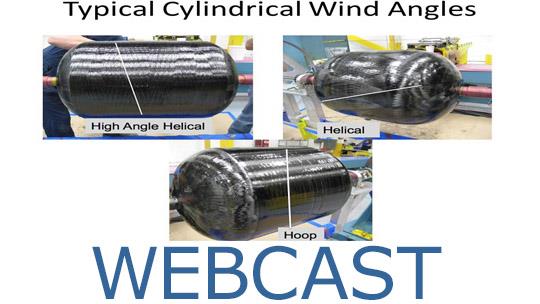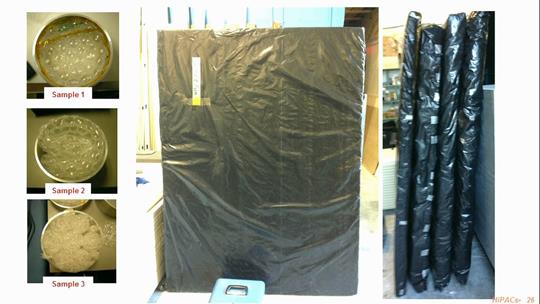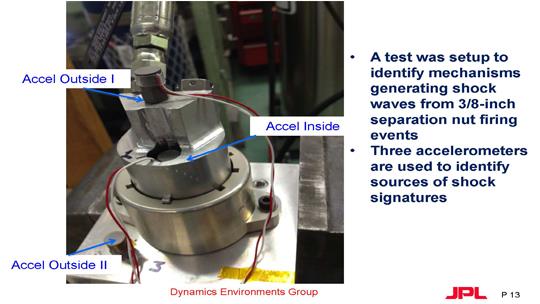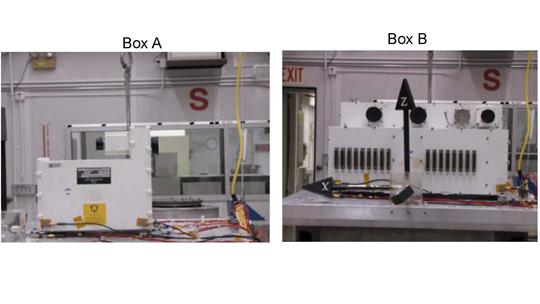Force Limited Vibration Testing: A Review of Existing and New Methods
Discipline: Loads & Dynamics
Originally webcast Live on: June 23, 2014
The force limited vibration test approaches discussed in NASA-7004C were developed to reduce overtesting associated with base shake vibration tests of aerospace hardware, where the interface responses are excited coherently. This handbook outlines several different methods of specifying the force limits. The rationale for force limiting is based on the disparity between the impedances of typical aerospace mounting structures and the large impedances of vibration test shakers. Among these approaches, the semi-empirical method is presently the most widely used method to derive the force limiting specifications. The inclusion of the incoherent excitation of the aerospace structures at mounting interfaces provides the basis for more realistic force limits to qualify the flight hardware using shaker testing. In this presentation the existing methods for defining the force limiting specifications discussed in the NASA handbook are reviewed using data recently obtained from a series of acoustic and vibration tests. New approaches based on considering the incoherent excitation of the structural mounting interfaces using acoustic test data are discussed. It is believed that the new approaches provide much more realistic force limits that may further remove conservatism inherent in shaker vibration testing not accounted for by methods discussed in the NASA handbook. A discussion on using FEM/BEM analysis to obtain force limits for flight hardware is also provided.
Discipline: Loads & Dynamics




